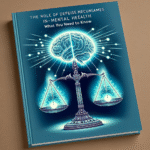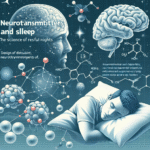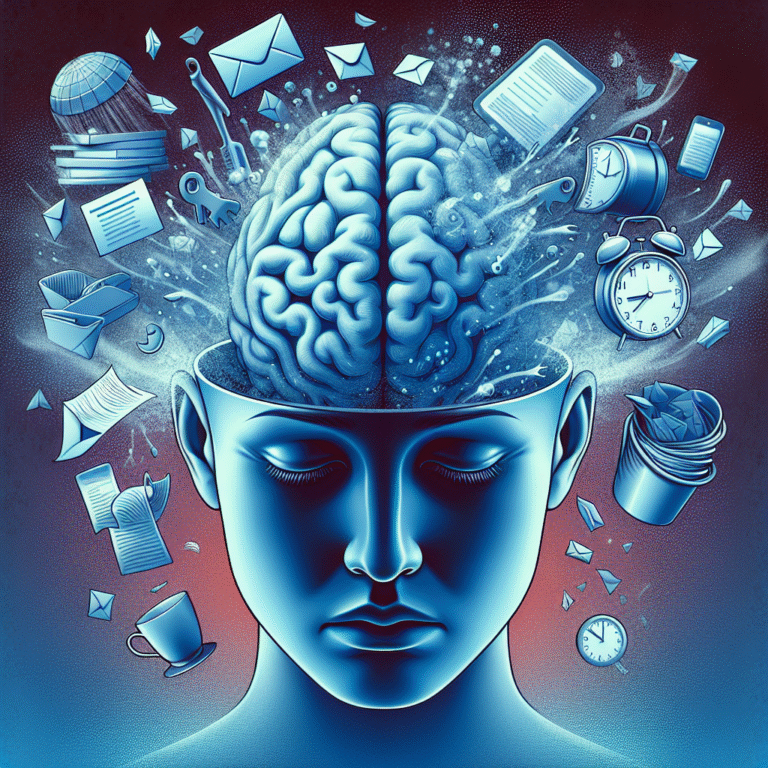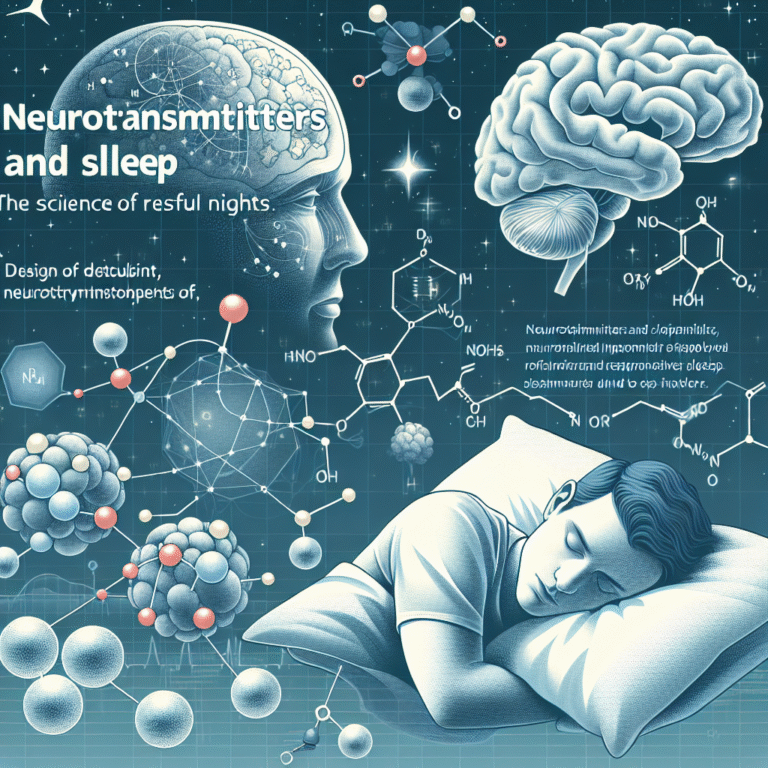
Introduction
Have you ever woken up from a dream, heart racing, and wondered what could have triggered such a vivid experience? The realm of dreams has fascinated humanity for centuries. From ancient civilizations interpreting dreams as messages from the divine to modern psychologists exploring their significance, the interplay between our subconscious and our sleeping minds has profound implications for our daily lives. In this compelling exploration, we delve into "Dreamscapes: How Our Subconscious Shapes Sleep and Nightmares," revealing how our hidden thoughts and emotions sculpt our night journeys, crafting both surreal landscapes and harrowing nightmares.
The Nature of Dreams
Dreams are universal yet deeply personal experiences, and they represent a unique window into our psyche. While theories on why we dream abound, many psychologists suggest that dreams serve as a mechanism for processing emotions, memories, and experiences. When we sleep, our brains undergo various cycles, and one of the most critical phases is REM (Rapid Eye Movement) sleep—where most dreaming occurs.
The Science Behind Sleep Stages
To understand "Dreamscapes: How Our Subconscious Shapes Sleep and Nightmares," it is important to distinguish between the various sleep stages. As shown in Table 1, these stages contribute to the intricacies of our dream experiences:
| Sleep Stage | Description | Duration |
|---|---|---|
| NREM Stage 1 | Light sleep, transition from wakefulness | 5-10 minutes |
| NREM Stage 2 | Onset of true sleep; body temperature drops | 20 minutes |
| NREM Stages 3 & 4 | Deep sleep; crucial for physical recovery | 30 minutes |
| REM Sleep | Vivid dreaming; processing emotions and memories | 10-20 minutes |
Understanding the interplay between these stages provides insight into how our subconscious mind operates while we dream. Dreams can serve as narrative expressions of our most profound fears, hopes, and unresolved conflicts.
The Role of the Subconscious in Dream Formation
Beyond just a passive stage of sleep, our subconscious profoundly influences dream content. The subconscious mind processes information differently than our conscious minds. When asleep, daily concerns and emotions come to the forefront, taking on surreal forms. By examining dreams through this lens, we can better understand how feelings of anxiety, joy, or apprehension manifest in our dreamscapes.
Case Study: The Impact of Stress on Nightmares
Consider the case of Emily, a 29-year-old marketing professional. Following a demanding quarter at work, she began experiencing recurring nightmares involving being chased and unable to escape. After documenting her dreams and seeking the help of a therapist, they discovered her stress from work was seeping into her dreams. Through therapy, Emily learned techniques to manage her stress and subsequently reported a significant reduction in her nightmares.
This case underscores the essential connection between our waking emotional states and our nightly experiences. The subconscious tends to echo unresolved feelings and stressors, influencing the types of dreams we have.
Common Themes in Dreamscapes and Nightmares
Based on various psychological studies and literature, we can identify common motifs in dreams. Understanding these themes can not only help decode individual dreams but also unveil the subconscious patterns we harbor.
Fear and Anxiety in Nightmares
Nightmares often revolve around fundamental fears or unresolved conflicts. Common interpretations of fear-based dreams include:
- Being Chased: Reflects avoidance of something distressing in real life.
- Falling: Symbolizes loss of control or fear of failure.
- Teeth Falling Out: Associated with anxieties about appearance or communication.
Table 2 lists common nightmare themes along with their probable interpretations:
| Nightmare Theme | Interpretation |
|---|---|
| Chased by an unknown figure | Escaping from unresolved issues |
| Falling | Fear of losing control |
| Being naked in public | Feelings of vulnerability or shame |
| Losing teeth | Anxiety regarding self-image or inability to communicate |
These interpretations highlight how, during sleep, the subconscious mind uses metaphorical representations to process and work through personal fears.
Exploring Lucid Dreaming
One fascinating aspect of dreamscapes is lucid dreaming—the ability to be aware of and even control dreams while they occur. Lucid dreaming provides a unique opportunity to explore one’s subconscious mind actively.
Benefits of Lucid Dreaming
Lucid dreaming offers not only an imaginative escape but is also a powerful tool for personal development. By gaining insight and agency within the dream, individuals can confront fears, rehearse life situations, and enhance problem-solving skills.
Case Study: Conquering Fears through Lucid Dreaming
Michael, a 35-year-old man with a phobia of public speaking, reported a series of lucid dreams where he practiced delivering speeches in front of an audience. Following these experiences, he felt more confident and began to engage in public speaking in his waking life. This case emphasizes how engaging with our subconscious through lucid dreaming can effect noticeable changes in our conscious behaviors and fears.
Nightmares and Mental Health
The conversation around dreams cannot ignore the relationship between nightmares and mental health. Many studies have shown that frequent nightmares can be indicative of underlying psychological conditions such as anxiety, PTSD, or depression.
Relationship Between Nightmares and PTSD
In particular, individuals who have experienced trauma may encounter vivid nightmares related to their trauma. Therapies such as Eye Movement Desensitization and Reprocessing (EMDR) and imagery rehearsal therapy have emerged to help individuals process traumatic experiences and mitigate nightmare occurrences.
Table 3 illustrates the relationship between nightmares and various mental health concerns:
| Condition | Potential Nightmare Experiences |
|---|---|
| PTSD | Recollections of trauma; flashbacks during dreams |
| Anxiety Disorders | Nightmares reflecting general anxiety or panic |
| Depression | Dreams depicting sadness, loss, or hopelessness |
Understanding this relationship fosters a deeper appreciation for the importance of addressing mental health issues, which can, in turn, affect dream experiences.
Tips for Better Sleep and Dream Quality
While we can’t entirely control our dreams, there are methods to enhance the quality of our sleep and, potentially, our dreamscapes.
Lifestyle Influences on Sleep
- Sleep Hygiene: Establish a regular sleep schedule, create a restful environment, and avoid screen time before bed.
- Mindfulness and Meditation: Engaging in regular mindfulness practices allows individuals to reduce anxiety and improve overall emotional well-being, which may positively influence dream quality.
- Journaling: Keeping a dream journal can enhance recall while allowing individuals to track patterns and explore their subconscious thoughts.
Conclusion
As we navigate our dreamscapes each night, we engage in a complex dialogue with our subconscious mind. Understanding "Dreamscapes: How Our Subconscious Shapes Sleep and Nightmares" reveals the intricate ways our emotions and experiences intertwine with our nighttime journeys. By fostering awareness and actively engaging with our subconscious through techniques like lucid dreaming, mindfulness, and therapy, we can transform nightmares into opportunities for healing and self-discovery.
So, the next time you drift off into sleep, remember: every dream is a reflection of your inner world. Embrace it, explore it, and respect what it has to teach you.
FAQs
1. What are the common causes of nightmares?
Nightmares can arise from various sources, including stress, anxiety, trauma, and certain medications. They may also be linked to sleep disorders.
2. Can I control my dreams?
Yes, through lucid dreaming techniques, many people can gain awareness and control over their dreams, allowing for a more enjoyable and empowering experience.
3. How can I improve my sleep quality?
Improving sleep quality can often be achieved by maintaining good sleep hygiene, such as sticking to a regular sleep schedule, creating a calming bedtime routine, and avoiding caffeine and screens before bedtime.
4. What should I do if I have recurrent nightmares?
If recurrent nightmares disrupt your sleep or daily life, consider speaking with a mental health professional who can help identify underlying issues and recommend appropriate therapies.
5. Are dreams important for mental health?
Yes! Dreams play a vital role in emotional regulation and processing daily stressors. Healthy dream experiences can contribute positively to mental health.
By embracing our dreamscapes and delving into the connections between our subconscious and our dream lives, we open up avenues for personal growth, healing, and greater self-understanding. Each dream can be a guide, revealing truths that we may not confront during our waking hours. Embrace this fascinating journey into your subconscious.
















